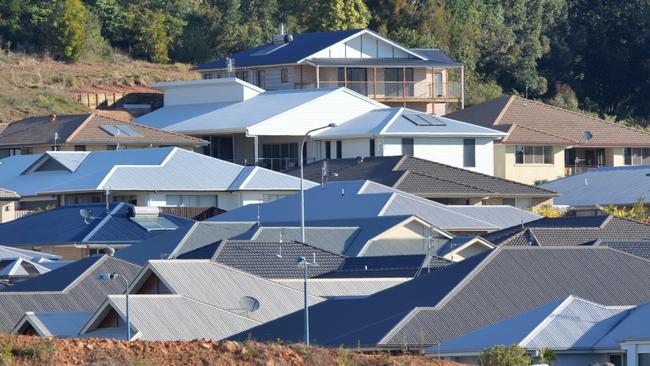Melbourne population plummets as regions rise
Melbourne saw a population fall of more than 60,000 last financial year as more people shifted into the regions, new ABS data finds.

The big shift into the regions is indisputably on, with regional Australia growing by 70,000 people in the year to 2021 while the capital cities overall population fell by 26,000.
Melbourne suffered the biggest population decline, Australian Bureau of Statistics figures show, down 60,500 across the year.
Sydney had a small loss of 5200, while Brisbane (21,900) and Perth (16,200) recorded population increases.
It marked the first time in more than 40 years that population growth in the regions outstripped that of the capital cities.
Not since the ABS began gathering population data has there been an overall population decline across Australia’s capitals.
The change has been driven by pandemic restrictions that severely restricted international arrivals and a mindset shift among urban populations that they can live and work in the less expensive regional areas.
Regional NSW had the biggest inflow, adding 26,800 to the overall population, with regional Queensland not far behind at 24,100 more people over the course of the year. Regional Victoria also had a significant increase of 15,700 people.
“This is the first time since 1981 that Australia’s regional population grew more than the capital cities, due to the changing migration patterns during the pandemic,” ABS director of demography Beidar Cho said.
Overall, the 26,000 decline in the capital city population comprised a fall of 84,700 in net overseas migration, along with 49,200 fewer people migrating from the regions to the cities. This was offset by a natural increase of 107,900 babies born in the year.
The outer suburbs of Sydney and Melbourne recorded the largest growth, while inner city areas had big falls. In Sydney, Marsden Park in the outer northwest grew by 7400 people, and Cranbourne East in Melbourne had a population increase of 5000.
The largest declining area was inner Melbourne, with a population fall of 5900 or 11 per cent of the total, while Sydney, Haymarket-The Rocks declined by 1700.
Carlton in inner city Melbourne had a 10 per cent population decline, losing 2600 people.
One reason for the flight to the regions is a flourishing job market. Regional Australia hit a record low unemployment rate of 3.8 per cent in December.
And house prices are surging, with Victorian regional house prices up 22.3 per cent in the year to February, CommSec senior economist Ryan Felsman said.




To join the conversation, please log in. Don't have an account? Register
Join the conversation, you are commenting as Logout